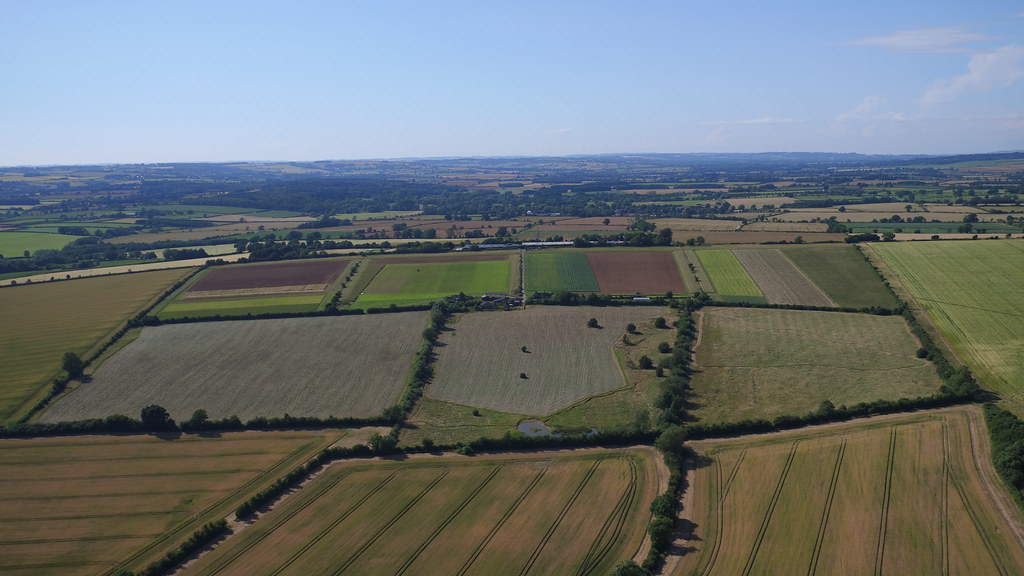Show Us The Honey
Delighted to report that, excitingly, we extracted the very first batch of honey from one of our original, and very full, Honeydale Farm hives (known as hive 1) this weekend.A few days prior to extracting honey, it’s necessary to reduce the number of bees in the supers that are to be removed. The bees always return down to the brood box each day so in order to stop them going back up to the supers again, we put 'porter bee escapes' into the hive last week. These are small one-way valves which are fitted to the crown board which is positioned below the filled supers, and above the brood box.
On Sunday, I collected the three filled supers to be extracted, which equates to 30 frames.
The process for extraction is as follows:
1: Each frame has its two honeycomb faces 'uncapped' using a special 'uncapping knife' which is heated to make the process easier. The wax cappings melt in the uncapping tray and flow off to a separate bucket, where all the molten wax is collected later. This is very hot and sweaty work because the tray is heated by boiling water!
2: Once uncapped, each frame is placed into a centrifuge extractor. When full, the centrifuge is carefully switched on and the speed is increased so that the honey is spun out of the honeycomb and runs to the bottom of the drum.
| Centrifuge extractor |
| Almost full! |
3: The tap at the bottom of the drum is opened and the honey runs out into a bucket.
| Our first drop of Honeydale honey! |
4: The honey is then sieved into a settling tank where, once settled, impurities rise to the top and the honey is decanted into jars from the tap at the bottom.
There was some crystallisation of the honey in some frames, probably because this was early season rapeseed honey. But this meant that some of the honey could not be spun out of the honeycomb in the same way. Instead, the honeycomb was cut out of the frame with a knife and put in a separate bucket. This bucket is then placed in a warming cabinet so that the crystals melt, the honey liquefies and naturally separates from the wax. After a few days the wax is removed and the honey can be mixed with the rest of the extracted honey before being put into the settling tank.
Once it has settled we will put the honey into jars one day later this week.
Bees are such amazing creatures and they let nothing go to waste. After extraction we are obviously left with lots of sticky, messy frames. These are put back into the hives and the bees clean up the mess for us, making use of all the leftover honey and wax. In a week or so I will remove these clean frames and fit new foundation ready for them to be used again.
Photos of Honeydale honey pots to follow very soon - we can’t wait!
| The buckets in the warming cabinet |
Bees are such amazing creatures and they let nothing go to waste. After extraction we are obviously left with lots of sticky, messy frames. These are put back into the hives and the bees clean up the mess for us, making use of all the leftover honey and wax. In a week or so I will remove these clean frames and fit new foundation ready for them to be used again.
Photos of Honeydale honey pots to follow very soon - we can’t wait!
.png)







0 comments: